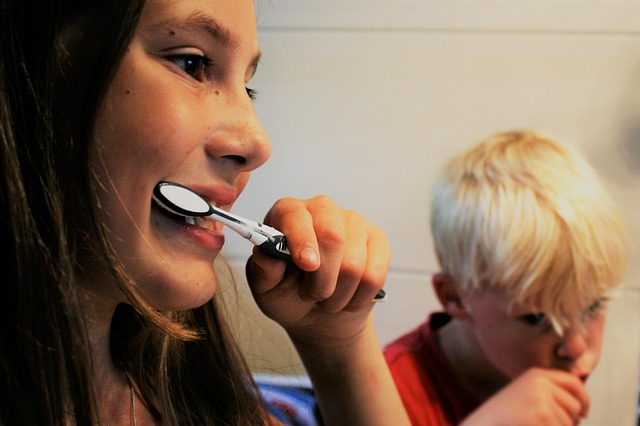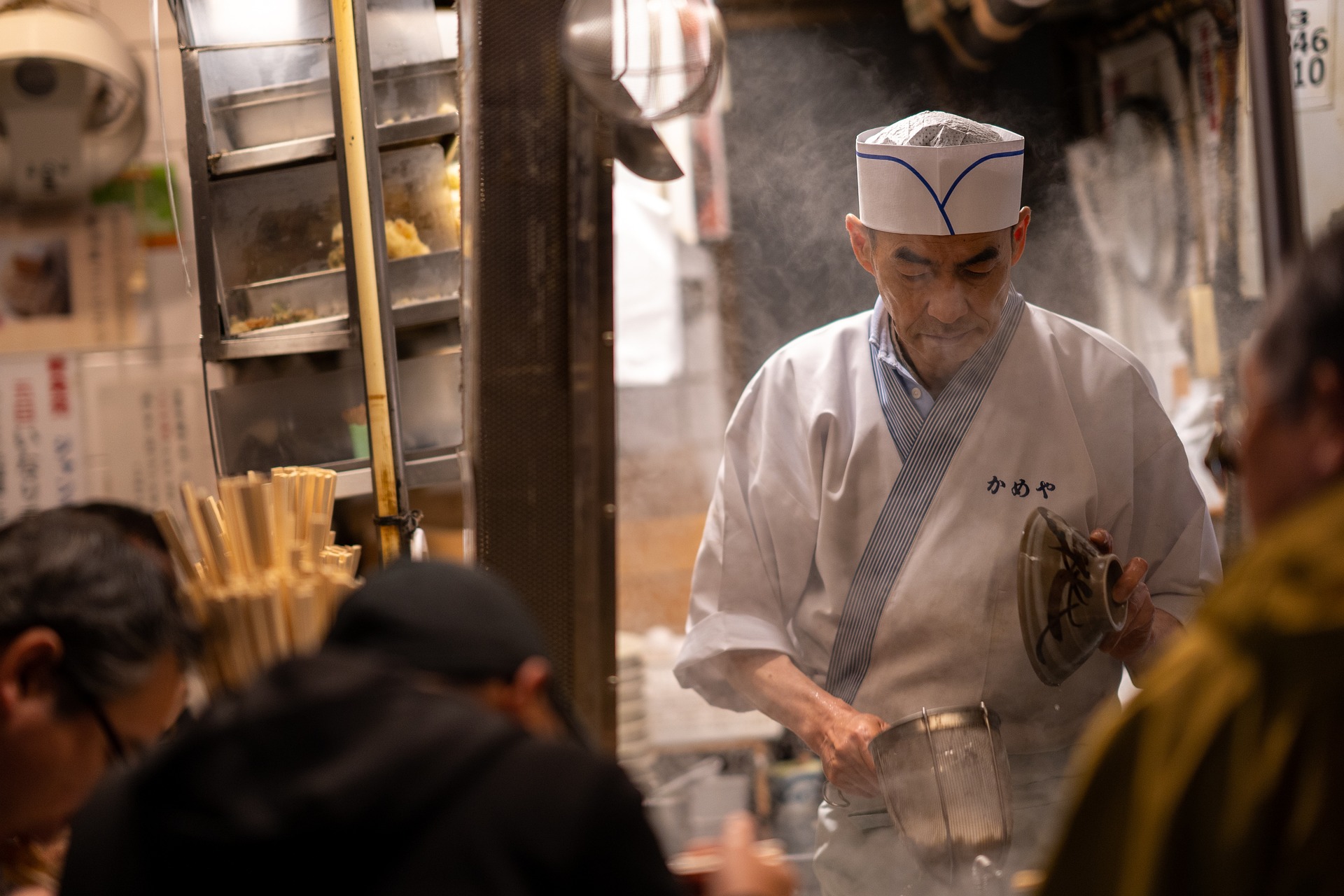Unraveling the Therapeutic Potential of Aromatherapy
When it comes to our wellness journey, are we fully utilizing the power of our senses? Let's delve into the fascinating world of aromatherapy, a practice that has been around for centuries, yet remains underexplored in the mainstream health and wellness sphere.

A Whiff of History: The Origins of Aromatherapy
Aromatherapy, the practice of using essential oils to promote health and well-being, dates back to ancient civilizations. The Egyptians, known for their elaborate beauty and wellness rituals, used aromatic plant extracts for spiritual, medicinal, and cosmetic purposes.
Fast forward to the 20th century, and French chemist René-Maurice Gattefossé is credited for coining the term “aromatherapy” after his personal experience using lavender oil to heal a burn. Gattefossé’s work sparked renewed interest in essential oils’ therapeutic potential, laying the groundwork for modern aromatherapy.
The Science of Scent: How Aromatherapy Works
With its roots in ancient practices, aromatherapy might seem more mystical than scientific. However, research is beginning to uncover the mechanisms behind the health benefits associated with essential oils.
When we breathe in an essential oil, its scent molecules travel to the olfactory bulb, a part of our brain involved in smell. From there, the scent signals are sent to other parts of the brain, including the limbic system, which plays a role in emotions, memory, and certain physiological functions.
The Healing Bouquet: Health Benefits of Aromatherapy
Several studies suggest that aromatherapy can have a significant positive impact on mental health. For instance, lavender oil is often used for its calming effects and has been shown to reduce anxiety and improve sleep quality.
On the physical health front, some essential oils, such as eucalyptus and peppermint, are known for their antibacterial and antiviral properties. Others, like ginger and rosemary, can help reduce inflammation and soothe muscular pain.
However, it’s important to remember that while aromatherapy can support overall well-being, it should not replace conventional medical treatment.
The Essence of Health: Practical Tips
-
Use a diffuser to disperse essential oils into the air in your home or workspace.
-
Add a few drops of essential oil to a warm bath for a relaxing experience.
-
For topical application, always dilute essential oils with a carrier oil to avoid skin irritation.
-
Always do a patch test before applying an essential oil to your skin to ensure you don’t have an allergic reaction.
A Cautionary Note: The Safe Use of Essential Oils
Despite their natural origins, essential oils are potent substances that should be used with care. Some oils may cause skin irritation or allergic reactions. Pregnant women, children, and people with certain health conditions should consult their healthcare provider before using essential oils.
In conclusion, aromatherapy offers a unique, sensory-rich avenue for health and wellness. By harnessing the power of scent, we can support our mental and physical well-being in a holistic, enjoyable way. As we continue to explore this ancient practice’s therapeutic potential, let’s remember to engage with it respectfully and safely, mindful of the potent power contained in each fragrant drop.




